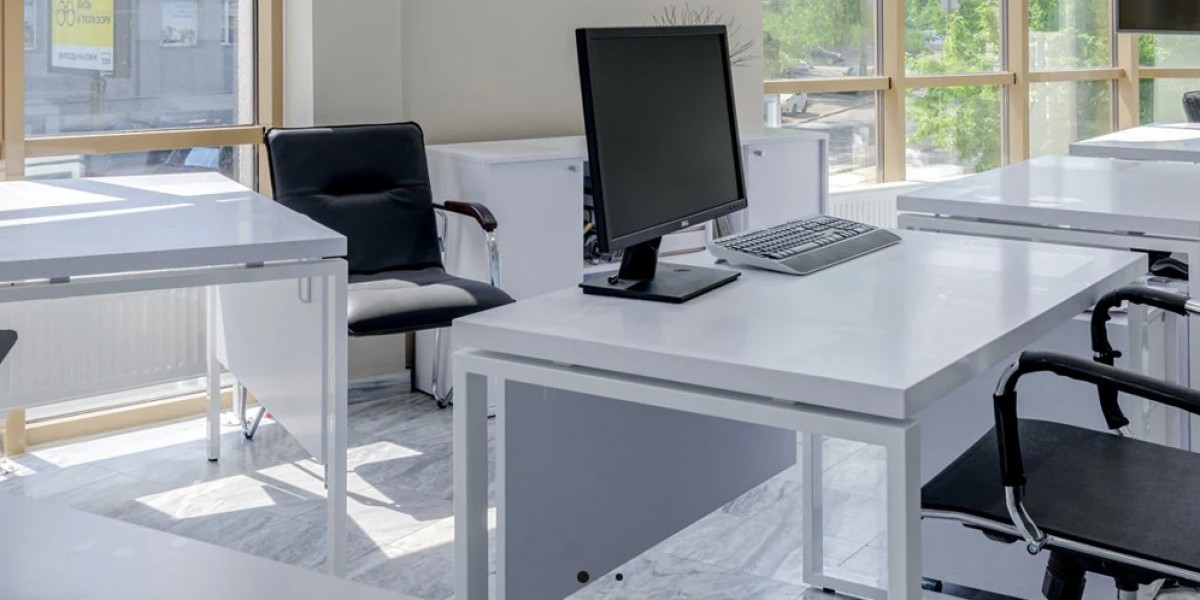As work environments continue to evolve, so too do the requirements for workplace seating. The future of office chairs is being shaped by advancements in technology, changes in work culture, and a growing focus on health and sustainability. Here are some key trends and innovations that are likely to define the future of workplace seating.
1. Ergonomics and Health
a. Enhanced Ergonomic Designs
- Adaptive Ergonomics: Future office chairs will increasingly feature adaptive ergonomics, where the chair automatically adjusts to the user's posture and movements, providing customized support without manual adjustments.
- Health Monitoring: Chairs equipped with sensors that monitor posture, movement, and sitting duration, providing real-time feedback to encourage healthier sitting habits.
b. Dynamic Seating
- Active Sitting: Incorporating designs that promote movement, such as balance balls or wobble stools, to keep the body engaged and reduce the health risks associated with prolonged sitting.
- Convertible Chairs: Chairs that can easily convert between sitting and standing positions, encouraging a more dynamic and varied workday.
2. Smart Technology Integration
a. IoT-Enabled Chairs
- Connected Devices: Chairs that integrate with the Internet of Things (IoT), allowing users to control settings via smartphones or computers and sync with other smart office devices.
- Usage Data: Collecting data on sitting habits to provide insights and recommendations for improving ergonomic practices.
b. Voice and Gesture Control
- Hands-Free Adjustments: Chairs that can be adjusted using voice commands or gesture recognition, offering convenience and minimizing interruptions during work.
3. Sustainability and Materials
a. Eco-Friendly Materials
- Recycled and Recyclable Materials: Increasing use of materials that are either recycled or fully recyclable, reducing the environmental impact of office chairs.
- Sustainable Manufacturing: Emphasis on sustainable production processes, including the use of renewable energy and reducing waste.
b. Longevity and Repairability
- Durable Designs: Chairs designed to last longer, reducing the frequency of replacements.
- Modular Components: Easily replaceable parts to extend the life of the chair and reduce waste.
4. Customization and Personalization
a. Tailored Fit
- Customizable Features: Increased ability to customize various aspects of the chair, from armrest height to lumbar support, ensuring a perfect fit for every user.
- Personalized Aesthetics: Options to personalize the look of the chair to match individual preferences and office decor.
b. 3D Printing
- On-Demand Manufacturing: The use of 3D printing technology to create custom chair components, allowing for rapid and precise production tailored to individual needs.
- Innovative Designs: New and complex designs that are difficult to achieve with traditional manufacturing methods.
5. Focus on Mental Well-Being
a. Comfort and Stress Reduction
- Comfort Enhancements: Chairs with advanced cushioning and supportive structures designed to reduce physical discomfort and stress.
- Aesthetic Appeal: Designs that create a calming and aesthetically pleasing work environment, contributing to mental well-being.
b. Integration with Mental Health Tools
- Mindfulness and Relaxation: Chairs that integrate features to promote mindfulness and relaxation, such as built-in massage functions or reminders to take breaks and practice deep breathing exercises.
6. Collaboration and Flexibility
a. Mobile and Flexible Seating
- Easily Movable: Chairs designed for easy mobility, facilitating flexible office layouts and collaborative workspaces.
- Multi-Functional Use: Chairs that can be used in various settings, from desk work to meeting rooms, supporting different work styles and needs.
b. Modular Seating Solutions
- Reconfigurable Designs: Seating solutions that can be easily reconfigured to support different tasks and group sizes, promoting a more dynamic and adaptable work environment.
Conclusion
The future of workplace seating is geared towards enhancing comfort, promoting health, and integrating advanced technologies. By focusing on ergonomics, smart features, sustainability, customization, mental well-being, and flexibility, the next generation of office chairs aims to create a more supportive, efficient, and pleasant work environment. As these innovations continue to develop, the traditional office chair will evolve into a sophisticated tool that not only supports physical health but also enhances overall work productivity and well-being.







